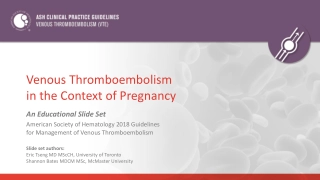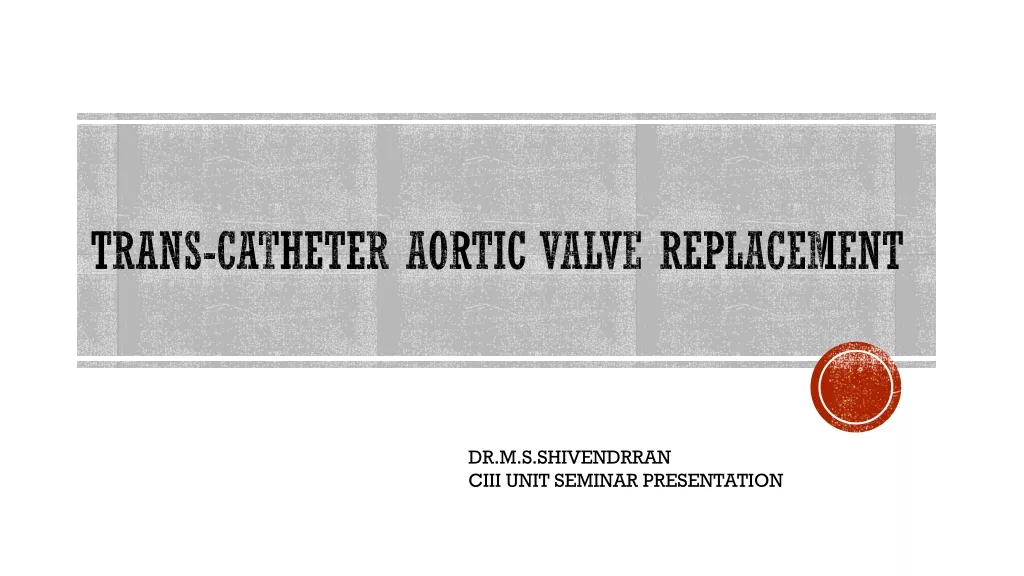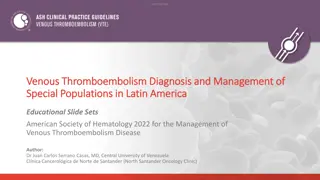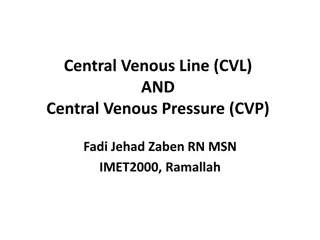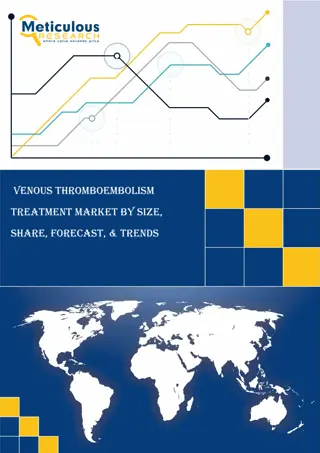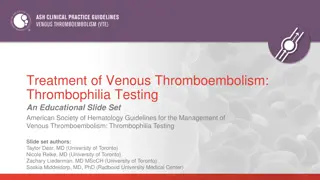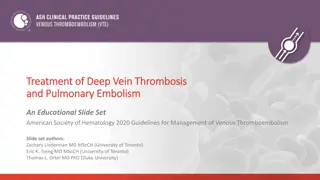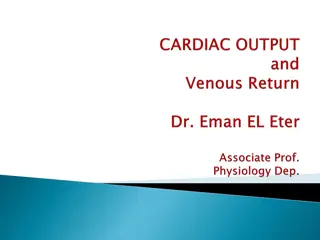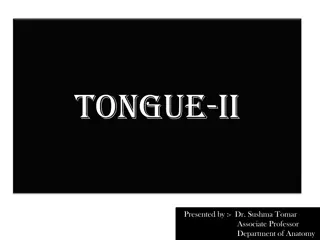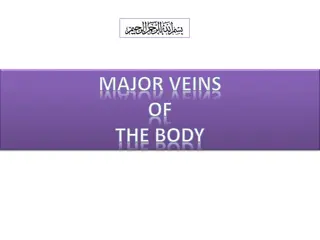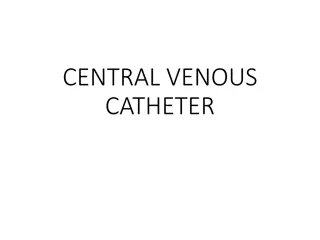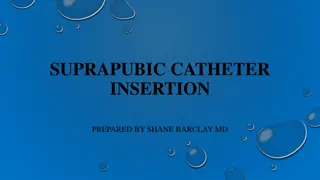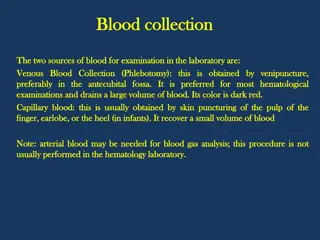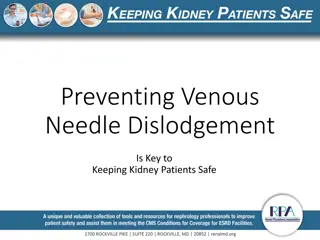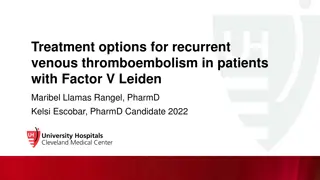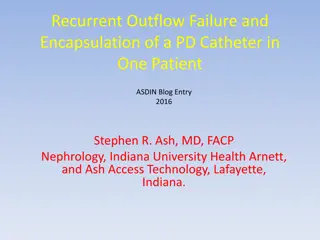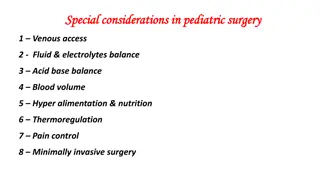Central Venous Catheter Access Management in Brampton and Surrounding Areas
Nurse-led Outreach Team in Brampton, North Etobicoke, West Woodbridge, Malton, and Bramalea provides education on managing central venous catheter access devices like PICCs. Learn about preventing infections, post-insertion care, types of CVADs, and aseptic techniques for PICC line management.
Download Presentation

Please find below an Image/Link to download the presentation.
The content on the website is provided AS IS for your information and personal use only. It may not be sold, licensed, or shared on other websites without obtaining consent from the author.If you encounter any issues during the download, it is possible that the publisher has removed the file from their server.
You are allowed to download the files provided on this website for personal or commercial use, subject to the condition that they are used lawfully. All files are the property of their respective owners.
The content on the website is provided AS IS for your information and personal use only. It may not be sold, licensed, or shared on other websites without obtaining consent from the author.
E N D
Presentation Transcript
SERVING BRAMPTON, NORTH ETOBICOKE, WEST WOODBRIDGE, MALTON AND BRAMALEA Created by: Zankhana Patel, RN, MSN William Osler-Nurse Practitioner Led Outreach Team (NLOT) August 15, 2023
SERVING BRAMPTON, NORTH ETOBICOKE, WEST WOODBRIDGE, MALTON AND BRAMALEA Central Venous Catheter Access Device Management: Peripheral Inserted Central Catheter (PICC)
Learning Objectives 1. 2. Strategies for prevention of central line blood stream infections 3. Management of PICC post-insertion o Initial access of a dormant PICC o Blood Sampling/Blood Cultures o Dressing Changes 4. Removal of PICC line Identify different types of CVADs
Types of CVADs Peripherally inserted central catheters (PICCs) Tunneled catheters Non-tunneled catheters Implanted vascular access devices (Registered Nurses Association of Ontario [RNAO], 2021)
Management of PICC Post-insertion Aseptic technique Purposeful prevention of the transfer of microorganisms from the patient s body surface to a normally sterile body site, or from one person to another, by keeping the microbe count to an irreducible minimum. Aseptic techniques Used when performing procedures that expose the patient s normally sterile sites (i.e. intravascular system) (RNAO, 2021)
Management of PICC Line oDaily review of line necessity/ early removal oAseptic Access Technique: Chlorhexidine swabs must be used whenever accessing a lumen. o A "Scrub the Hub" technique is always utilized. This includes a vigorous 30 second scrub followed by 30 second dry time prior to accessing the line.
Management of PICC Line oCheck entry site for inflammation with every dressing change. oProvide vigorous chlorhexidine skin antisepsis at dressing changes. Use a transparent occlusive dressing. oV-SAS Sequence for Saline flush oV= Verify blood return by aspiration and discarding 5mL of fluid/blood from the line oS= Sterile 10mL 0.9% NaCl prefilled syringe for injection flush oA= Administer medication oS= Sterile 10mL 0.9% NaCl prefilled syringe for injection flush oPush-Pause Flush Method: Flush 1 mL of solution at a time with a slight pause between each mL
Management of PICC Line Accessing the Device oA 10 mL 0.9% NaCl prefilled syringe must be used when flushing a PICC line to prevent potential catheter rupture. o Blood must be drawn from the largest available lumen of the catheter. o There is no discard necessary when obtaining blood cultures to culture the line. Therefore, when drawing multiple specimens of blood, the first syringes are used for the blood cultures. o The aerobic culture is obtained first followed by the anaerobic o Vacutainer Luer-Lok Access Devices and Blood Transfer Devices are for single patient use only and must be discarded after use. o The PICC line must be clamped prior to changing/removing the syringe during all steps of V-SAS. o All infusions must be stopped for 1 - 3 minutes prior to and during blood sampling when drawing
Management of PICC Line Dressing Changes o Initial dressing change must be done 24 hours post insertion using a transparent occlusive dressing. o Transparent occlusive dressings must be changed weekly and whenever the occlusive seal is broken. o 2% chlorhexidine/70% alcohol SWABSTICKS must be used for 30 seconds as the cleansing agent during all dressing changes. Clean from the insertion site outward o All central line dressings must be labeled with the date of the last dressing change. o To winged manifold must be documented for the External catheter length measurements from insertion site initial dressing change and each shift. o Circumference of the arm must be measured 4 cm above the insertion site immediately after insertion and daily. o When soiled, loose, torn, or damp
PICC Line Dressing Change Video o PICC Line Dressing Change Nurse Skill Demo o PICC Line Dressing Change | Nurse Skill Demo - YouTube
Removal of PICC Line o PICC Lines may be removed by RNs only if PICC length of insertion has been documented. If not documented, then physician/NP must remove the PICC Line. o PICC may be removed by nurses who have demonstrated competency in this skill when a physician/NP has ordered the removal of the line o Place patient in Trendelenburg position if tolerated (otherwise flat with pillow removed) and hold breath on exhalation during removal o Ask patient to turn head away from insertion site or place mask on patient o Use aseptic technique o Notify the physician if any difficulties are encountered during the line removal o If breakage of the catheter during removal occurs: o Position patient onto left side and notify the physician immediately o Monitor oxygen saturation, pulse and blood pressure readings every 15 minutes. o Measure and retain catheter until seen by physician
Removal of PICC Line o Post-catheter removal o Apply pressure with a gauze for 3-5 mins o Apply pressure dressing (Tensoplast Adhesive bandage) o Monitor Vital signs Q15mins X 2, then q30mins X 2 o Monitor for bleeding
PICC Line Documentation Mandatory for nurses to provide detailed PICC line documentation in resident record for following: Line insertion Line discontinuation (length and intact tip?) Catheter maintenance procedures Q shift Bleeding, hematoma, alteration to CSM (colour, sensation and movement for femoral lines) and notify the physician/NP immediately of any of these complications Medication administration Adverse occurrences (i.e. breakage)
References o Registered Nurses Association of Ontario [RNAO] (2021). Best Practice Guideline: Vascular Access. Retrieved on July 26, 2023, from Vascular_Access_FINAL.pdf
Thank-You! Zankhana Patel, RN, MSN Registered Nurse, NP Led Outreach Team (NLOT) William Osler Health System / Central West Ontario Health Team Mobile: 437-239-5036 Email: zankhanaben.patel2@williamoslerhs.ca


